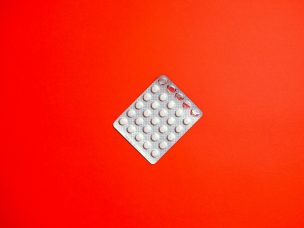In a cross-sectional analysis of patients with both HIV and type 2 diabetes, researchers found that African American patients had worse diabetes control than their Caucasian counterparts. This study looked at the following diabetes treatment goals: hemoglobin A1c under 7.0%, blood pressure under 140/90 mm Hg, low-density lipoprotein (LDL) cholesterol under 100 mg/dL, and smoking cessation.
The study, published in the Journal of the International Association of Providers of AIDS Care, used data from the U.S. Military HIV Natural History Study from 2011 to 2015. The diabetes treatment goals used to measure diabetes care progress were taken from the 2019 American Diabetes Association’s standards. Fisher exact tests were used to compare risk sub-groupings by race, and logical regression models were used to predict the prevalence of achieving each of the diabetes treatment goals.
The researchers found that despite having equal access to healthcare, African American patients exhibited worse diabetes control across various metrics. Specifically, Caucasian patients met the blood pressure and LDL cholesterol goals at higher rates than African American participants. African American patients had higher diastolic and systolic blood pressure rates. Viral suppression and A1c goals showed similar results cross-racially, but blood pressure (77% vs. 61%) and LDL cholesterol goals (65% vs. 48%) were met at significantly higher rates by Caucasian participants than African American participants.
Because healthcare access was the same among both groups in the study, the authors concluded that the reasons for these disparities in blood pressure and cholesterol results remain to be identified [1].
Source:
[1] Galaviz, K. I., Varughese, R., Agan, B. K., Marconi, V. C., Chu, X., Won, S. H., Ganesan, A., Ali, M. K., & Colasanti, J. (2020). The Intersection of HIV, Diabetes, and Race: Exploring Disparities in Diabetes Care among People Living with HIV. Journal of the International Association of Providers of AIDS Care (JIAPAC), 19, 232595822090424. https://doi.org/10.1177/2325958220904241










